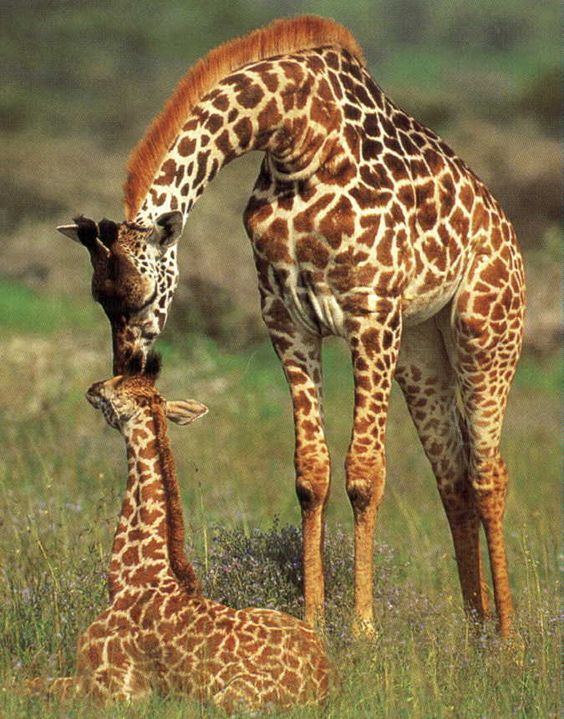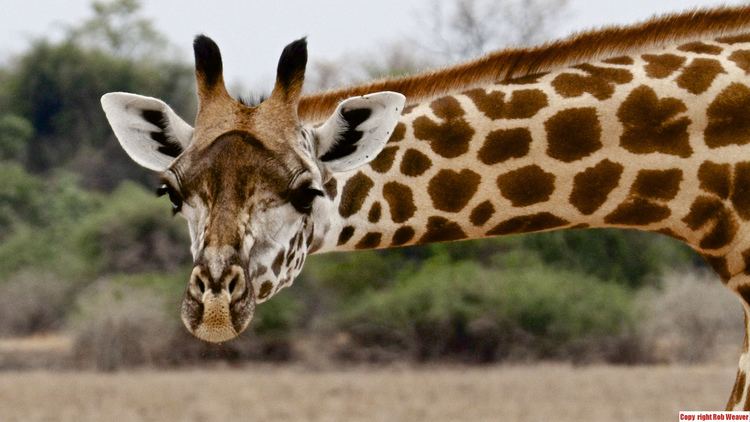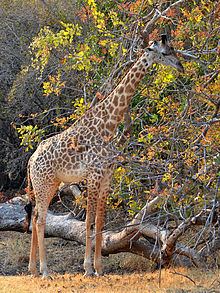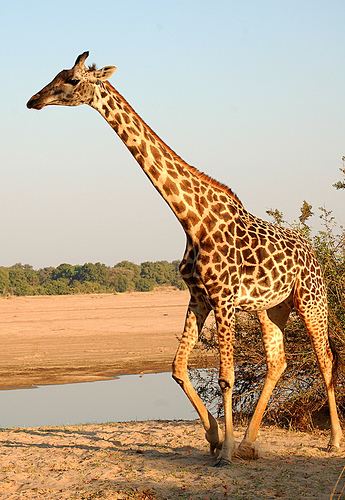Kingdom Animalia Class Mammalia Family Giraffidae Rank Subspecies | Phylum Chordata Order Artiodactyla Genus Giraffa | |
 | ||
Similar Kordofan giraffe, Angolan giraffe, West African giraffe, Nubian giraffe, South African giraffe | ||
The Rhodesian giraffe (Giraffa camelopardalis thornicrofti), also known as Thornicroft’s giraffe, is a giraffe subspecies. It is sometimes deemed synonymous with the Luangwa giraffe, and treated as a conspecific ecotype of the Masai giraffe by Fennessy et al. (2016). It is considered to be geographically isolated, occurring only in Zambia’s South Luangwa Valley. This synonymy, as the all taxonomic rearragement of the giraffe complex, is contested in 2017: Fennessy et al. (2016) only had individuals in their dataset, while previous studies suggested they form a population reproductively isolated from G tippelskirchi. An estimated 550 live in the wild, with no captive populations.[1] The lifespan of the Rhodesian giraffe is 22 years for males and 28 years for females. The ecotype was originally named after Harry Scott Thornicroft, a commissioner in what was then North-Western Rhodesia and later Northern Rhodesia.
Contents

Description

Rhodesian giraffes are tall with very long necks. They have long, dark-colored tongues and skin-colored horns. Giraffes have a typical coat pattern, with regional differences among subspecies. The pattern consists of large, irregular shaped brown to black patches separated by white to yellow bands. Male giraffes' coats darken with age, particularly the patches. The darkening of the coat has not been studied extensively enough to indicate absolute age, however it can estimate relative age of male Rhodesian giraffes.
Range, distribution and habitat

Giraffes occur in arid and dry-savannah zones in sub-Saharan Africa, provided trees are available as a food source (IUCN). The Rhodesian giraffe is endemic to Zambia. Giraffes are herd animals with an extremely flexible social system.
Diet

Giraffes are exclusively browsers that primarily feed on leaves and shoots of trees and shrubs. Giraffes consume deciduous plants in the wet season and transition to evergreen and semi-evergreen species in the dry season. They choose flowers, fruits, and pods when they are available. They are true ruminants with fore stomach fermentation. Their food intake is approximately 2.1% of the body mass of females and 1.6% for males. They obtain their water through the foliage they consume, but drink regularly when water is available. Giraffes seek out acacia species when browsing. Their feeding stimulates shoot production of the species.
Reproduction

The Rhodesian giraffes breed throughout the year. They reach sexual maturity at approximately six years, and then produce offspring approximately every 677 days. About half of all calves die before one year of age, due to predation. Giraffes can become pregnant while lactating, a very unusual characteristic.
Conservation
Giraffa tippelskirchi thornicrofti is endemic to Zambia with a population of less than 550. There are no Rhodesian giraffes in captivity. Ecotourism has played a vital role in conservation of all subspecies of giraffes, due to their popularity with tourists (Lindsey). Giraffes as a species are classified as being of least concern according to the IUCN, but their populations are declining. Their primary threats are poaching, human population growth, habitat loss, habitat fragmentation, and habitat degradation.
